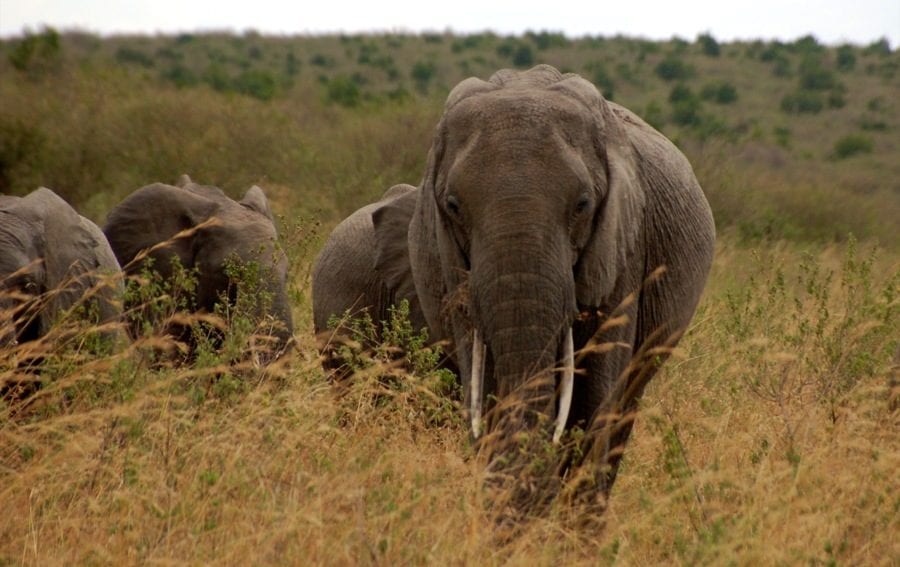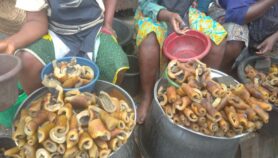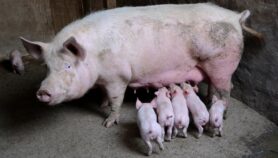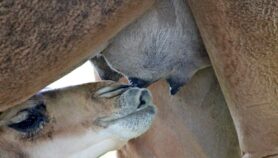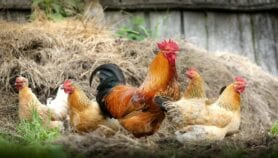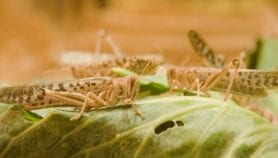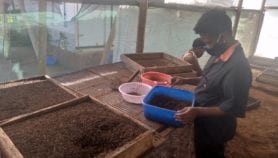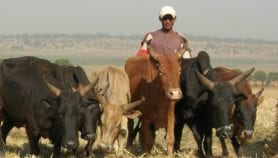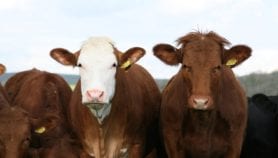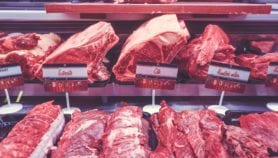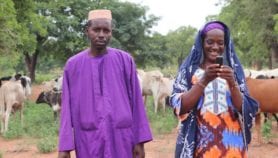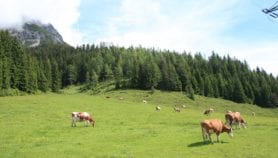By: Linda Nordling
Send to a friend
The details you provide on this page will not be used to send unsolicited email, and will not be sold to a 3rd party. See privacy policy.
Kenya’s new forensic wildlife lab needs money and equipment to protect threatened species, writes Linda Nordling
Forensic science has a huge potential in curbing wildlife crimes such as poaching and illegal trafficking of rhino horn and ivory products.
Scientists are now able to match samples taken from seized animal products to individual carcasses, helping the prosecution and conviction of criminals.
Kenya’s first forensic wildlife laboratory, due to open in July this year in Nairobi, will add greatly to the capacity to curb illegal wildlife trade both in Kenya and in surrounding countries.
But unless more funding is found, the laboratory is unlikely to be able to service the demand for forensic wildlife genetic analysis.
Feedback from law enforcement on whether forensic science investments lead to more convictions will also be needed in order to justify a bigger budget for forensic services throughout the continent.
A vital service
Kenya’s new wildlife laboratory comes as conservationists fight a race against time to save some of Africa’s most iconic species, such as rhino and elephant.
Previously, seized animal products believed to be part of the illegal wildlife trade were sent to Kenya’s government chemist, where it could only be verified as not being of human or domestic animal origin.
“We don’t have enough equipment. We still require more support, and we are looking to new partners to support us.”
Francis Gakuya, Kenya Wildlife Service
Such evidence did not weigh up in court, and samples requiring further analyses had to be sent to South Africa or laboratories outside the continent for identification.
The Kenya Wildlife Service (KWS) expects to open the doors of its brand new Nairobi-based forensic lab four years after its planning began.
The KWS officials hope that the facility, which costs 100 million Kenyan shillings (around US$1.15 million), will help catch the criminals threatening the country’s rhino and elephant populations, both of which are declining due to poaching.
The country in January introduced a new wildlife act, with stringent punishments for poachers and other offenders.
The new forensics laboratory will study the genetic barcode in samples of seized horn, blood or other tissue, says Francis Gakuya, head of veterinary and capture services at KWS.
Scientists at the lab will compare a given sample to genetic reference libraries to firstly identify the species of the animal it came from.
They may also be able to link a seized trophy to a specific animal carcass, or to a certain population of animals.
Funding concerns
However, although the laboratory has secured a running budget, the available funding is unlikely to be enough to process the volumes of samples predicted, says Gakuya.
“We don’t have enough equipment,” he says. “We still require more support, and we are looking to new partners to support us.”
Such concerns are not limited to Kenya. South Africa’s Onderstepoort Veterinary Genetics Laboratory at the University of Pretoria, which processes samples from suspected poaching as well as performs routine genetic analysis, struggles to meet South Africa’s need.
“The reagents and the equipment are expensive,” says Cindy Harper, the laboratory’s director. “You also need skilled people to operate the equipment.”
Harper’s laboratory prioritises samples from suspected poaching cases, which take three to four weeks to be processed, she says. But routine samples collected, for instance when a rhino dies of natural causes, or from live animals, face big delays.
This bottleneck could present a problem further down the line for investigations when ivory or horn that has been seized cannot be matched to remains left behind by the poachers.
Such samples could be compared with reference genetic materials but only if they are properly analysed and stored.
Gathering evidence
DNA analysis and forensic science have already helped bring some wildlife traffickers to justice in South Africa.
But there is a lack of data on how effective forensic science is in curbing wildlife crime rather than, say, increasing the anti-poaching patrols in game reserves.
In South Africa, since September last year the government has been paying for forensic laboratory services for suspected poaching cases.
The number of arrests made related to poaching in South Africa is growing every year. But so is the number of poaching incidents. Last year, over 1000 rhinos were killed for their horn in the country — that’s three every day.
However, arrests are one thing, convictions another. There is no data on how many of the South African arrests lead to convictions — and whether forensic analysis meant more criminals were convicted than would otherwise be the case.
Such data would be as useful in Kenya as it would be in South Africa. Consequently, it should be something the KWS should press the Kenyan government for in order to help it raise the money it needs to do its job properly.

Journalist Linda Nordling, based in Cape Town, South Africa, specialises in African science policy, education and development. She was the founding editor of Research Africa and writes for SciDev.Net, Nature and others.
This article has been produced by SciDev.Net's Sub-Saharan Africa desk.


